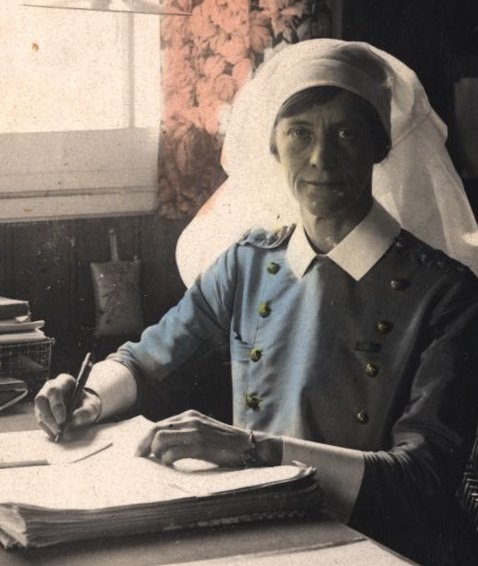"Office"; Summary Trials
Topic: Discipline
"OFFICE"
Canada in Warpaint, Capt. Ralph W. Bell, 1917
"Charge against No. 7762543, Private Smith, J .C.; In the field, 11.11.16, refusing to obey an order, in that he would not wash out a dixie when ordered to do so. First witness, Sergeant Bendrick."
"Sirr! On Nov. 11th I was horderly sergeant. Private Thomas, cook, comes to me, and he says as 'ow 'e 'ad warned the pris--the haccused, sir, to wash out a dixie, which same the haccused refused to do. Hordered by me to wash hout the dixie, sir, the haccused refused again, and I places 'im under hopen arrest, sir."
"Cpl. Townsham, what have you to say?"
"Sirr! On Nov. 11th I was eatin' a piece of bread an' bacon when I was witness to what took place between Sergeant Bendrick an' Private Smith, sir. I corroborates his evidence."
"All right; Private Thomas?"
"Sirr! I coboriates both of them witnesses."
"You corroborate what both witnesses have said?"
"Yessir."
"Now, Smith, what have you got to say to Stand to attention!"
"I ain't got nothin' to say, sir, savin' that I never joined the army to wash dixies, an' I didn't like the tone of voice him"…indicating the orderly Sergeant…"used to me. Also I'm a little deaf, sir, an' my 'ands is that cut with barbed wire that it's hagony to put 'em in boilin' water, sir! An' I'm afraid o' gettin' these 'ere germs into them, sir. Apart from which I ain't got anything to say, sir!"
After this Private Smith assumes the injured air of a martyr, casts his eyes up to heaven, and waits hopefully for dismissal. (The other two similar cases were dismissed this morning!)
The Captain drums his fingers on the table for a few moments. "This is your first offence, Smith."
"Yessir!"
"But it is not made any the less serious by that fact."
The gleam of joy in Smith's eye departs.
"Disobedience of an order is no trivial matter. A case like this should go before the Commanding Officer."
Long pause, during which the accused passes from the stage of hope deferred to gloom and disillusion, and the orderly Sergeant assumes a fiercely triumphant expression.
"Twenty-eight days Field Punishment number one," murmurs the Captain ruminatively, "or a court-martial" —this just loud enough for the accused to hear. The latter's left leg sags a trifle, and consternation o'er-spreads his visage.
"In view, Smith," says the Captain aloud, "in view of your previous good record, I will deal with you myself. Four days dixie washing, and you will attend all parades!"
Before Private Smith has time to heave a of relief the C.S.M.'s voice breaks on the air, "Left turrn ! Left wheel, quick marrch!"
"A good man, Sergeant-Major," says the Captain with a smile. "Have to scare 'em a bit at times, what?"
Battalion Orderly Room is generally a very imposing affair, calculated to put fear into the hearts of all save the most hardened criminals. At times the array is formidable, as many as thirty … witnesses, escort, and prisoners--being lined up outside the orderly room door under the vigilant eye of the Regimental Sergeant-Major. It is easy to see which is which, even were not the " dress " different. The prisoners are in clean fatigue, wearing no accoutrements or equipment be-yond the eternal smoke-helmet. The escort are in light marching order, and grasp in their left hands a naked bayonet, point upwards, resting along the forearm. The witnesses wear their belts. Most of the accused have a hang-dog look, some an air of defiance.
"Escort and prisoners… Shun!"
The Colonel passes into orderly room, where the Adjutant, the Battalion Orderly Officer, and Officer witnesses in the cases to be disposed of await him, all coming rigidly to attention as he enters. In orderly room, or "office" as the men usually call it, the Colonel commands the deference paid to a high court judge. He is not merely a C.O., he is an Institution.
The R.S.M. hovers in the background, waiting for orders to call the accused and witnesses in the first case. The C.O. fusses with the papers on his desk, hums and haws, and finally decides which case he will take first. The Adjutant stands near him, a sheaf of papers in his hand, like a learned crown counsel.
Not infrequently the trend of a case depends on whether the C.O. lunched well, or if the G.O.C. strafed or complimented him the last time they held palaver. Even colonels are human.
"Charge against Private Maconochie, No. 170298, drunk," etc., reads the Adjutant.
After the evidence has been heard the Colonel, having had no explanation or defence from the accused, proceeds to pass sentence. This being a first " drunk " he cannot do very much but talk, and talk he does.
"You were drunk, Thomkins. You were found in a state of absolutely sodden intoxication, found in the main street of Ablain-le-Petit at 4 P.M. in the afternoon. You were so drunk that the evidence quotes you as sleeping on the side-walk. You are a disgrace to the regiment, Thomkins ! You outrage the first principles of decency, you cast a slur on your battalion. You deliberately, of set purpose, intoxicate yourself at an early hour of the afternoon. I have a good mind to remand for a Field General Court-martial. Then you would be shot! Shot, do you understand? But I shall deal with you myself. I shall not permit the name of this battalion to be besmirched by you. Reprimanded! Reprimanded! Do you hear, sir!"
(Voice of the R.S.M., north front.) "Right turn. Right wheel; quick marrch!"

Posted by regimentalrogue
at 12:01 AM EDT




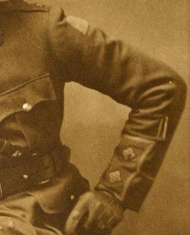
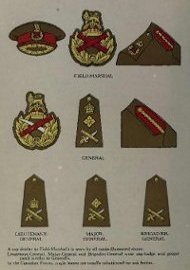
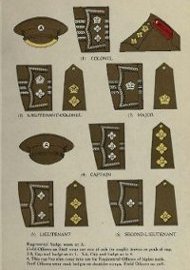
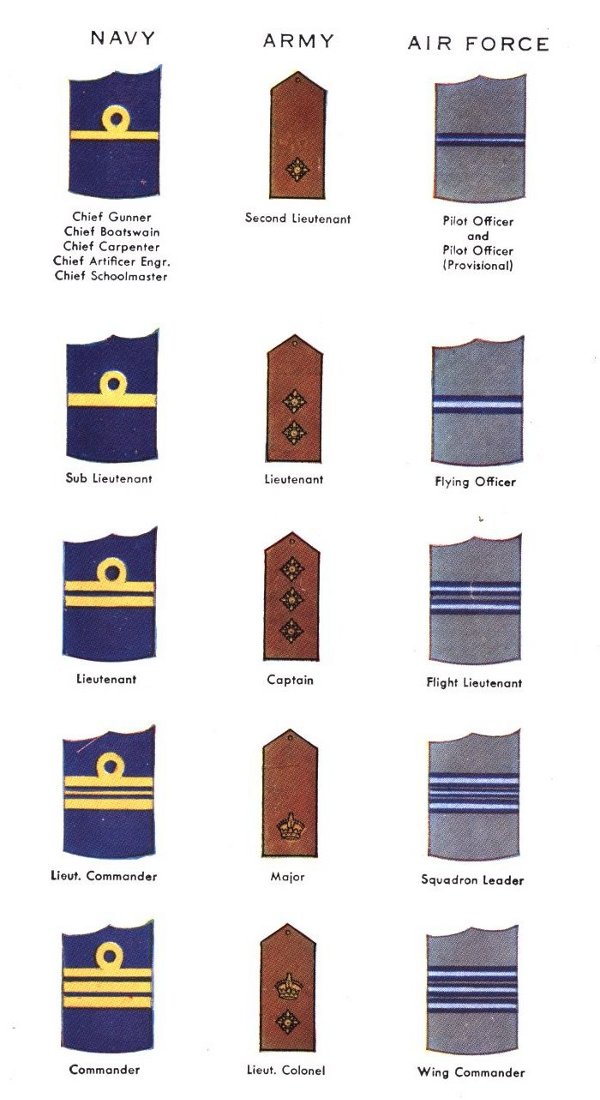

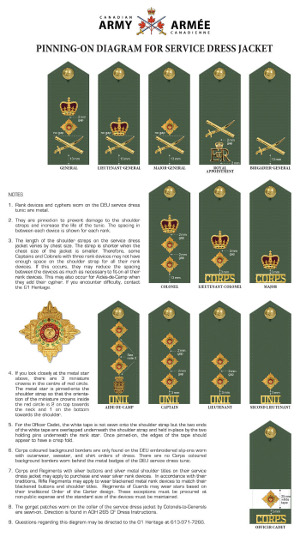
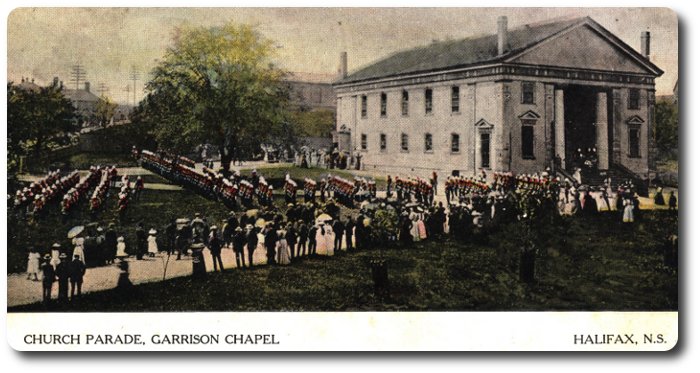
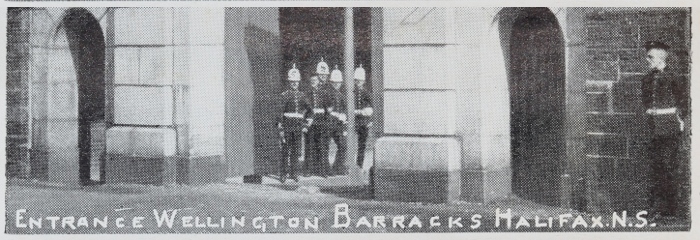


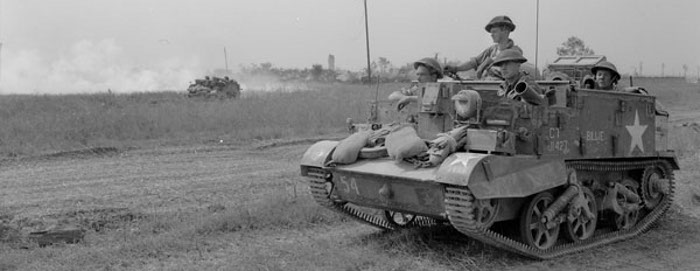
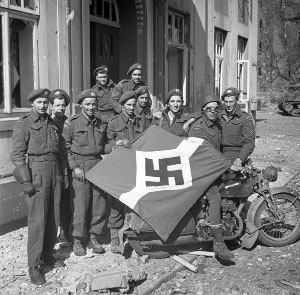

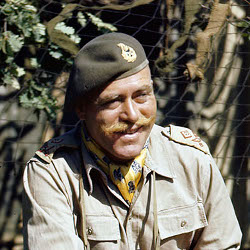
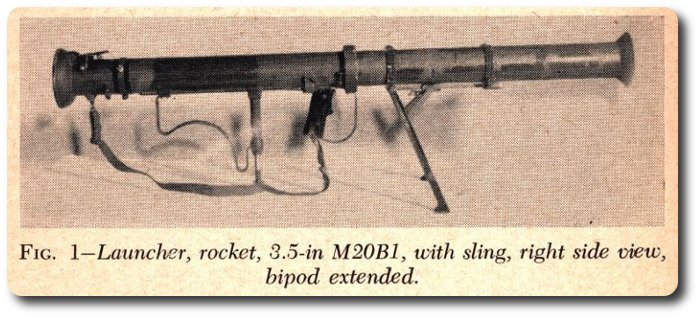
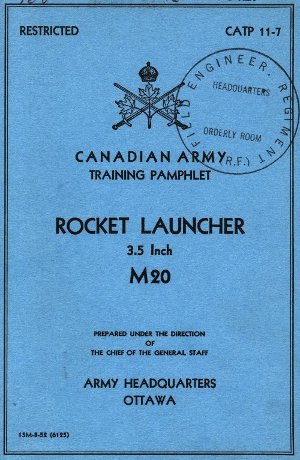
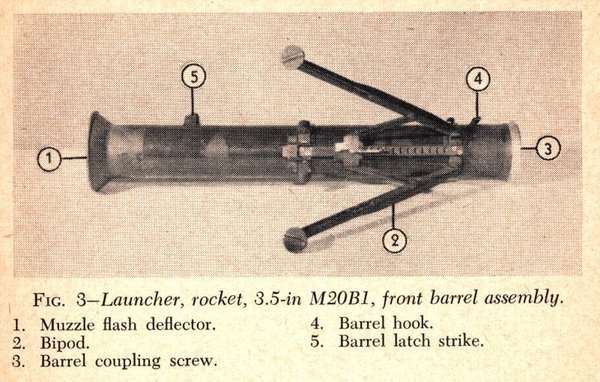
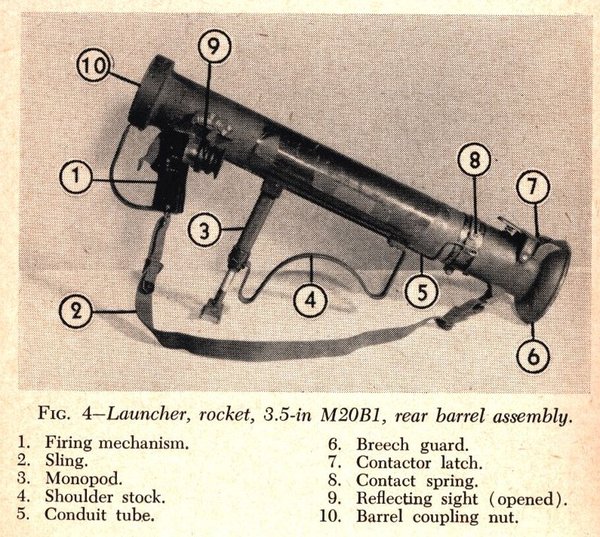
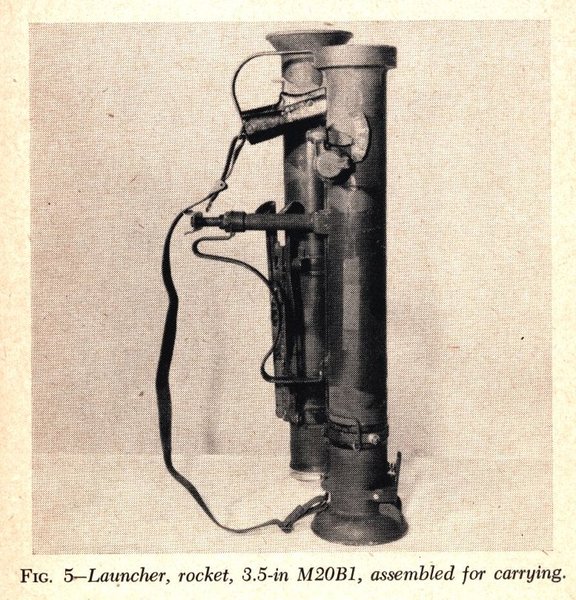
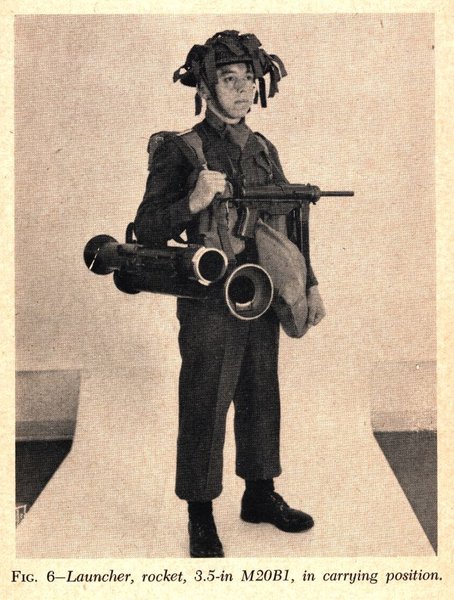
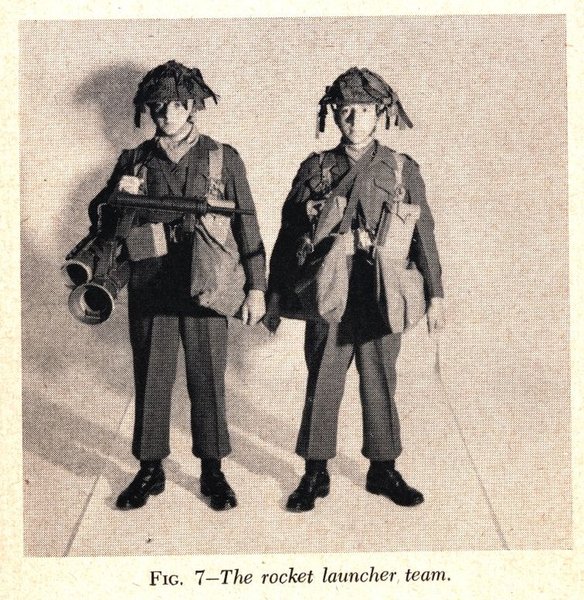
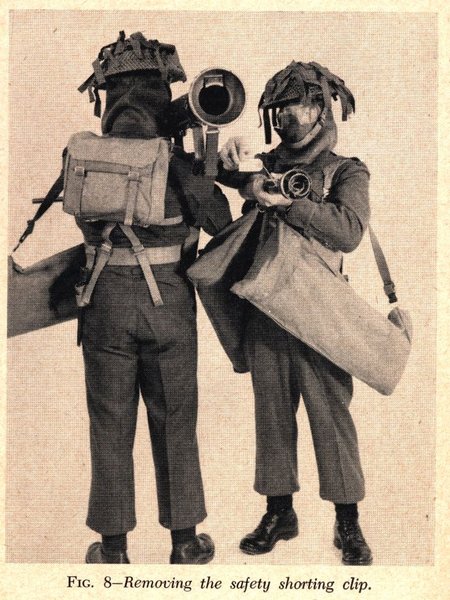
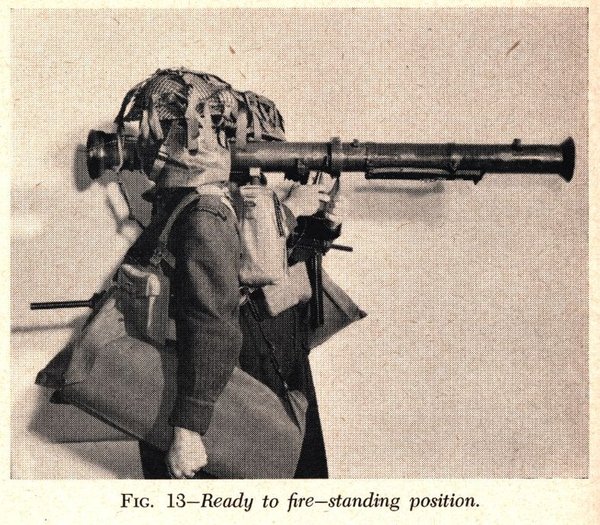
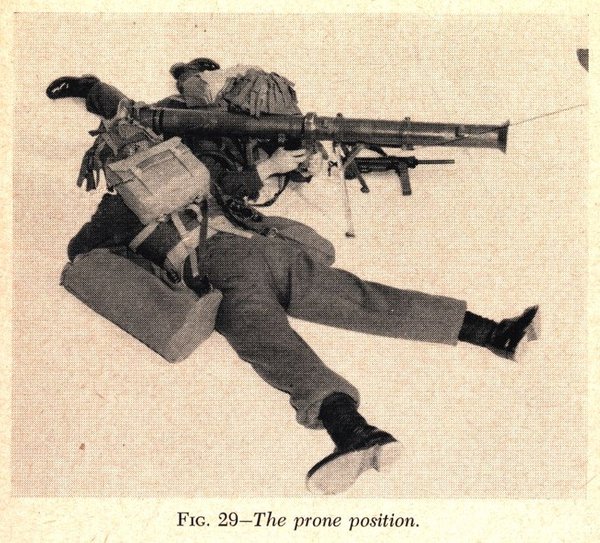
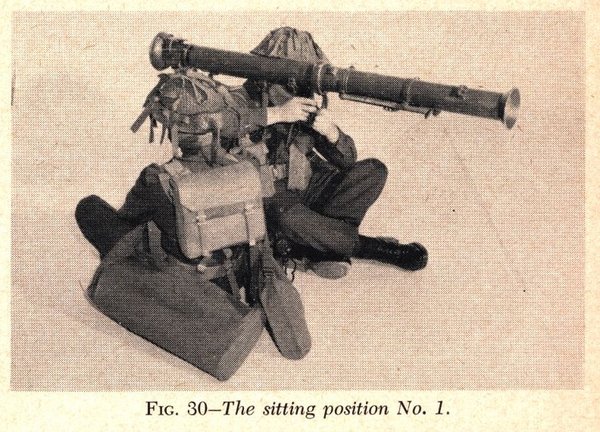

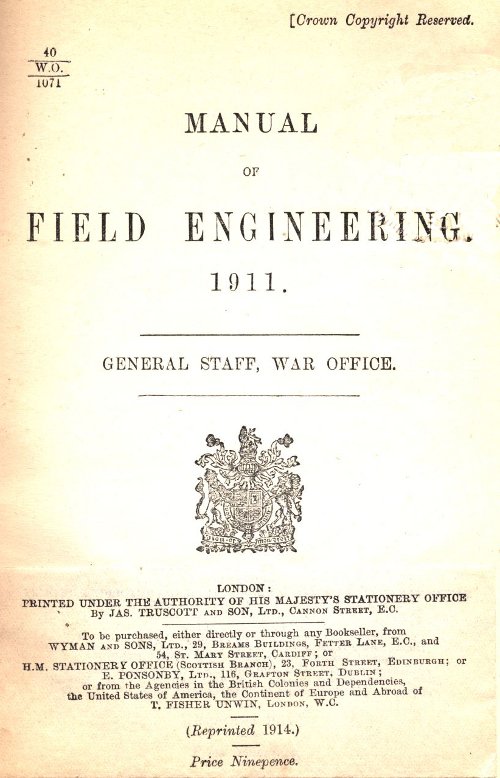
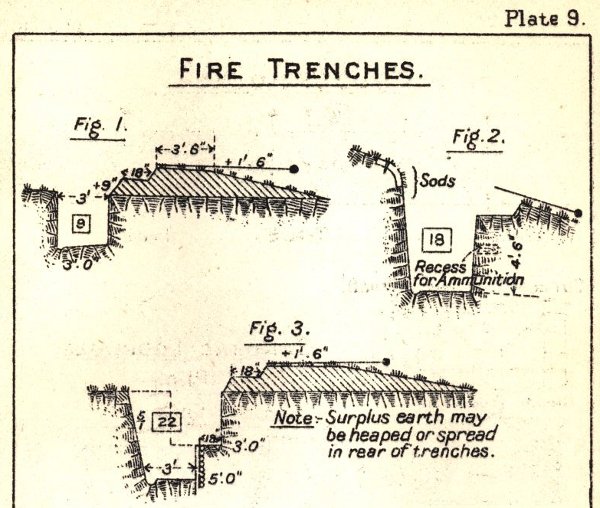
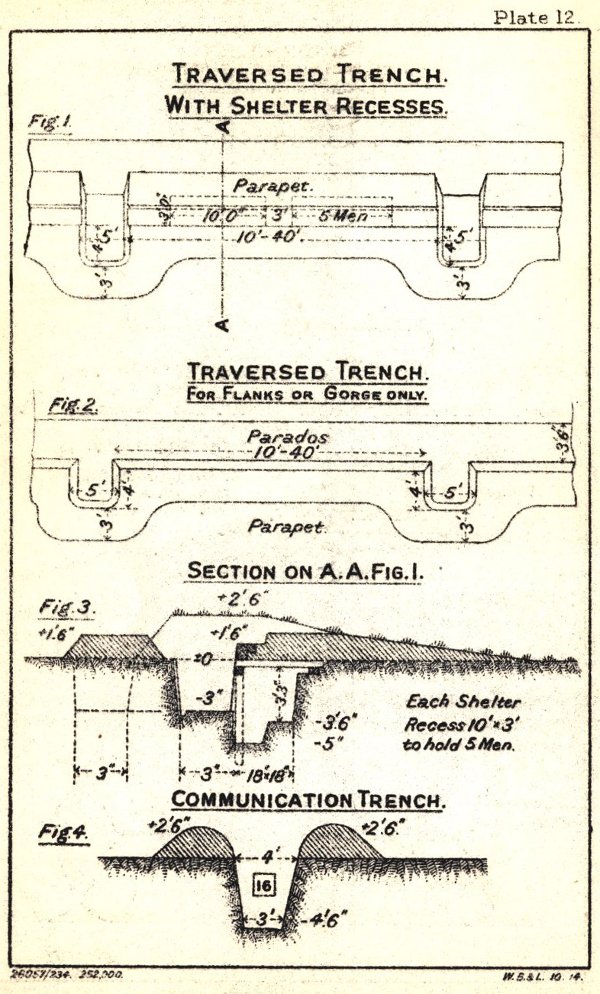
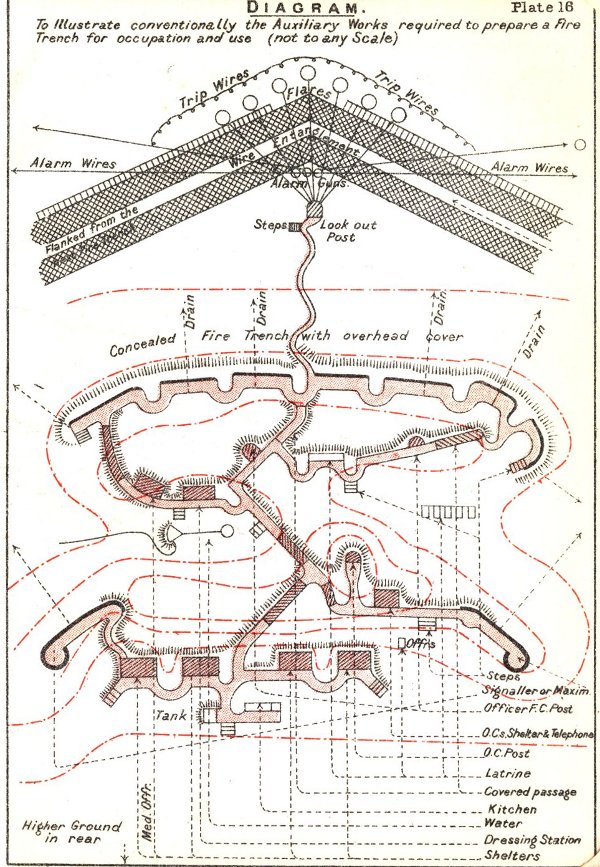
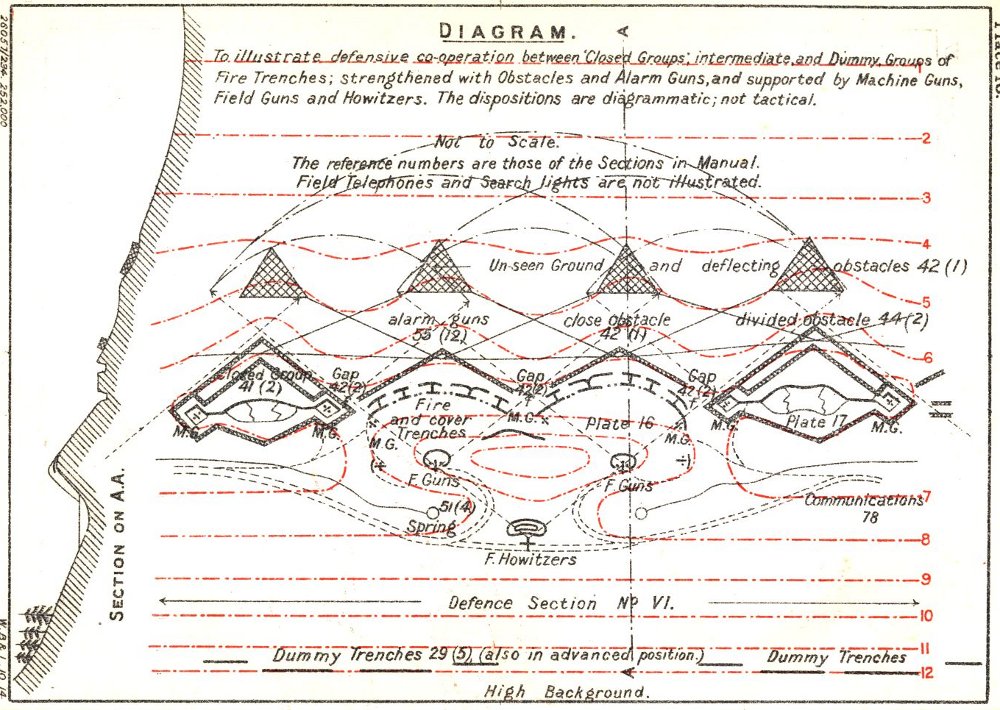
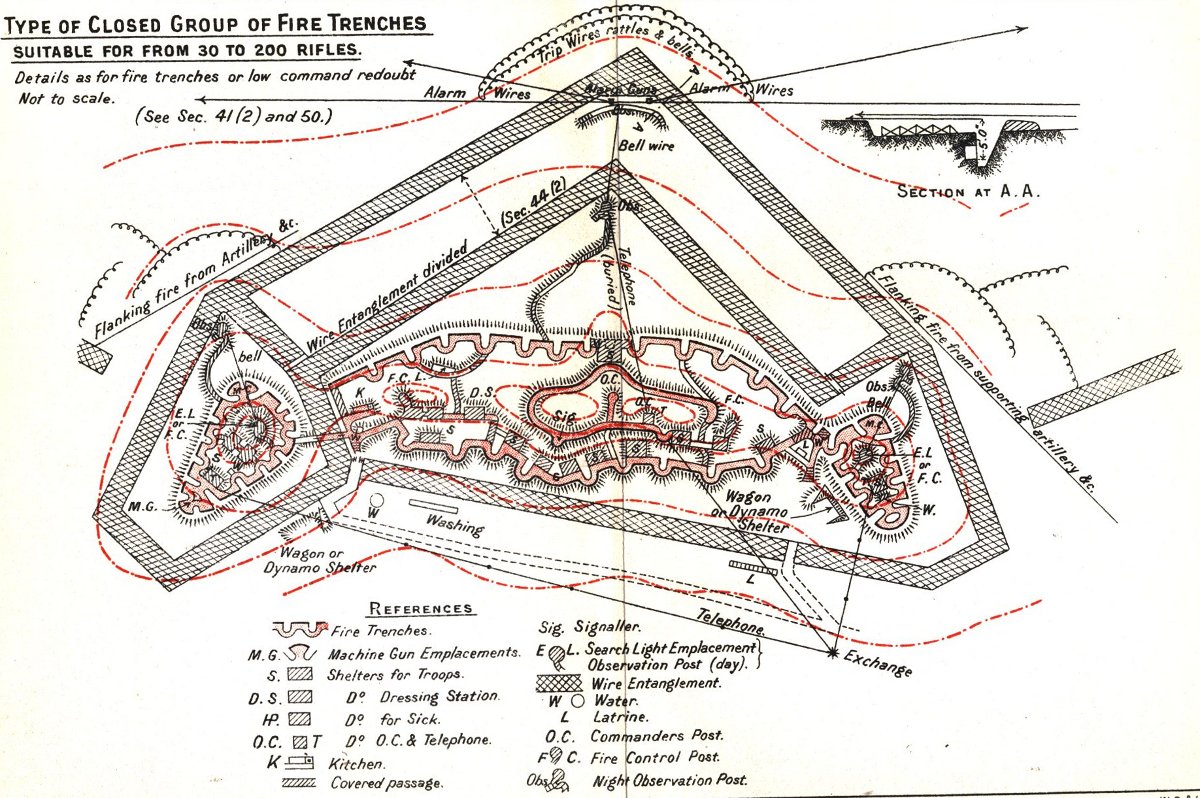



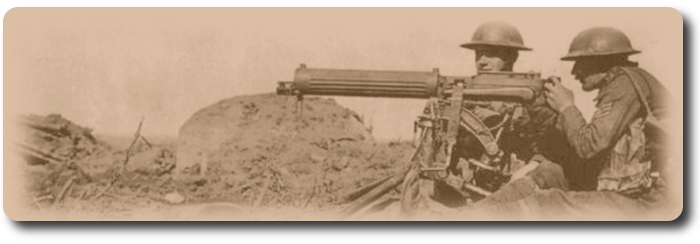
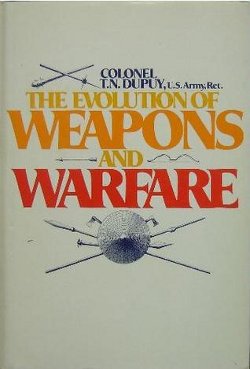 The Evolution of Weapons and Warfare,
The Evolution of Weapons and Warfare, 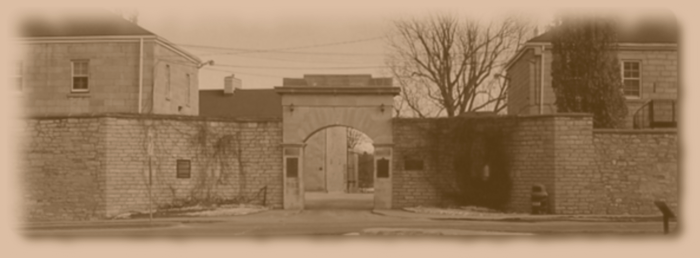 The front gates of Fort Frontenac, Kingston, Ontario,
The front gates of Fort Frontenac, Kingston, Ontario, 
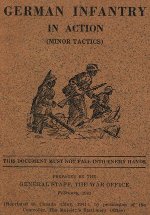

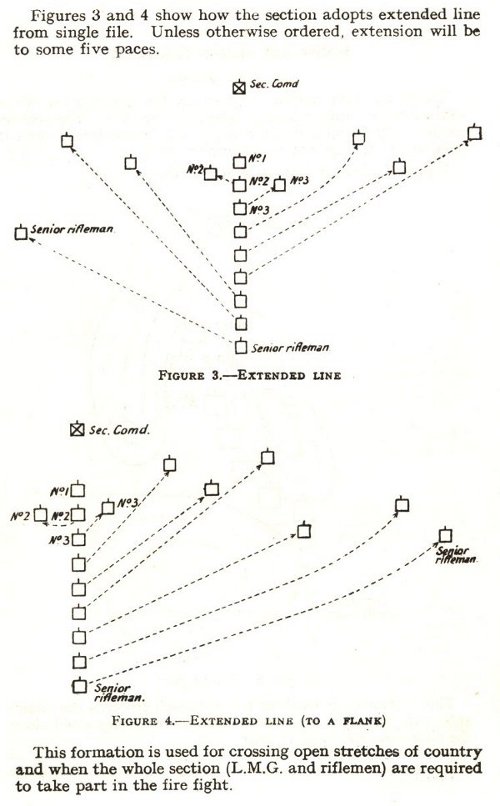
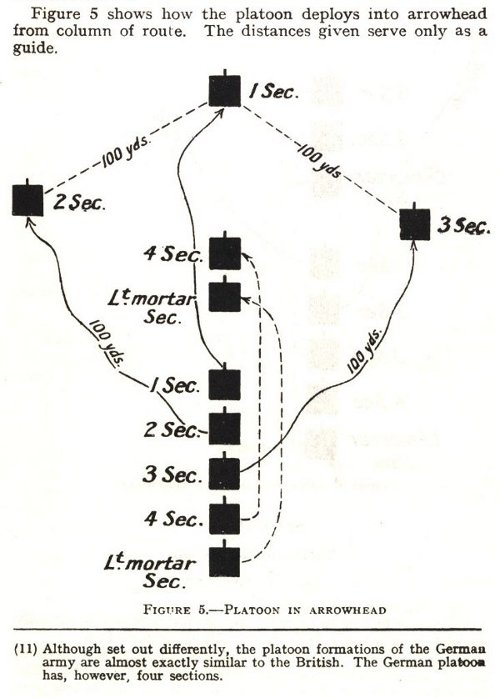
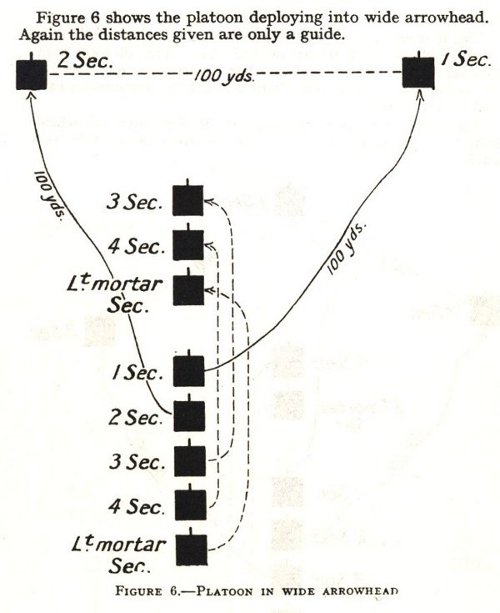
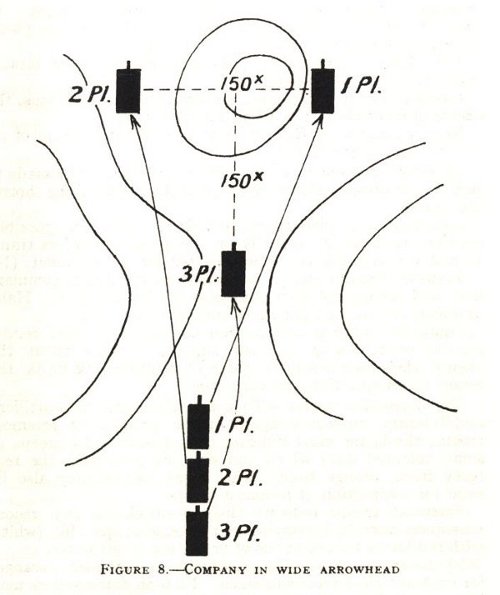
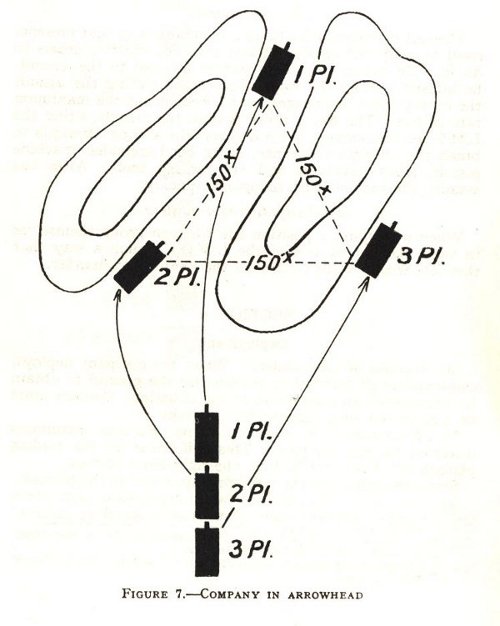

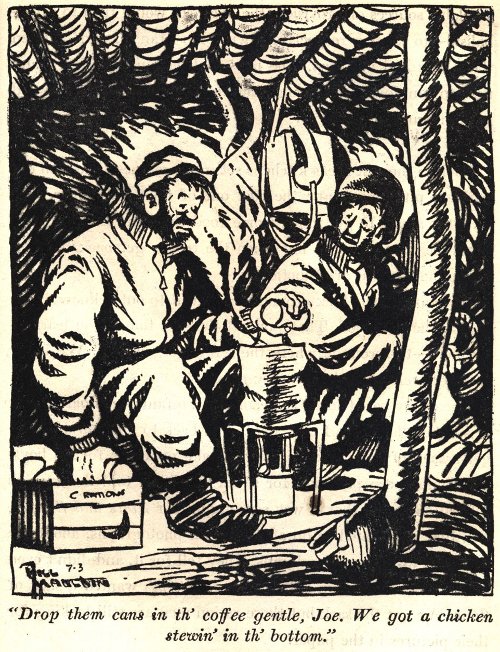
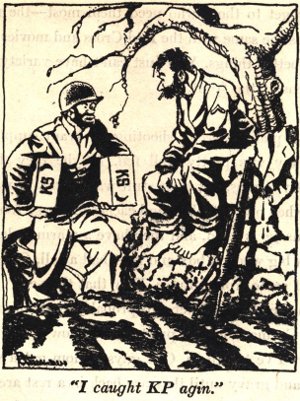 a. The garrison ration is that which the Government prescribes in time of peace for all persons entitled to a ration except under special circumstances when other rations are prescribed. The different items such as meat, fresh vegetables and fruit, beverages, bread, and other articles of food which make up that ration are called "ration components." The number af components and the amount of each required to give a soldier a well-balanced and nourishing daily diet have been carefully determined by food experts. The money value of the ration is figured each month from the wholesale costs of food to the Government, and your organization mess account is credited with the total amount required to feed a1l the men in your unit. The meals served by your organization mess sergeant in time of peace, and while Your organization is in a post, camp, or cantonment, will usually be prepared from the components of the garrison ration. After the mess sergeant has made up his menus he will buy the various articles of food required from the money which the Government has credited to your organization mess account. Some of these items he may buy from the quartermaster commissary. Others he may buy from local markets or farmers, in order to take advantage of certain foods in season or because the commissary may not have them in stock. Any savings which he makes are called "ration savings'' and become part of your unit mess fund, to be expended by your organization commander on extras for the mess on holidays or other special occasions.
a. The garrison ration is that which the Government prescribes in time of peace for all persons entitled to a ration except under special circumstances when other rations are prescribed. The different items such as meat, fresh vegetables and fruit, beverages, bread, and other articles of food which make up that ration are called "ration components." The number af components and the amount of each required to give a soldier a well-balanced and nourishing daily diet have been carefully determined by food experts. The money value of the ration is figured each month from the wholesale costs of food to the Government, and your organization mess account is credited with the total amount required to feed a1l the men in your unit. The meals served by your organization mess sergeant in time of peace, and while Your organization is in a post, camp, or cantonment, will usually be prepared from the components of the garrison ration. After the mess sergeant has made up his menus he will buy the various articles of food required from the money which the Government has credited to your organization mess account. Some of these items he may buy from the quartermaster commissary. Others he may buy from local markets or farmers, in order to take advantage of certain foods in season or because the commissary may not have them in stock. Any savings which he makes are called "ration savings'' and become part of your unit mess fund, to be expended by your organization commander on extras for the mess on holidays or other special occasions.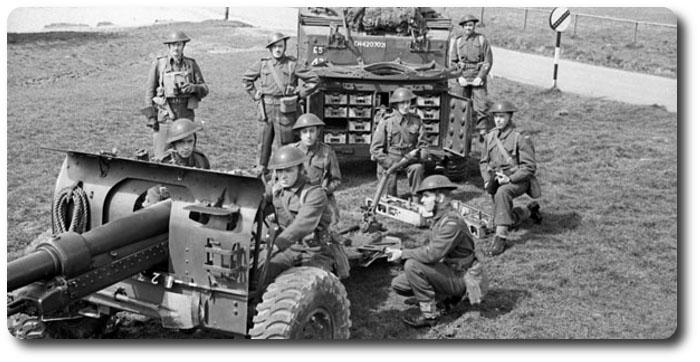
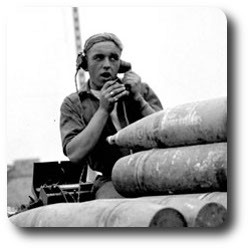

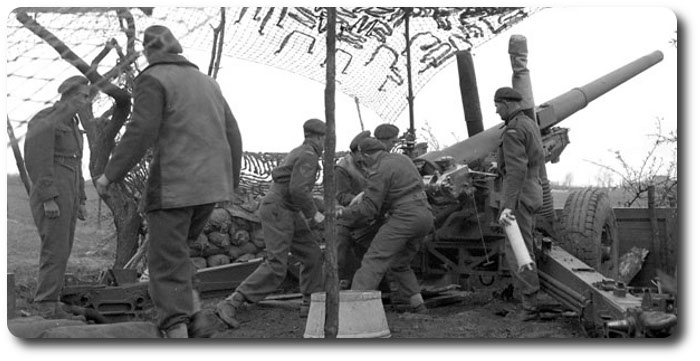

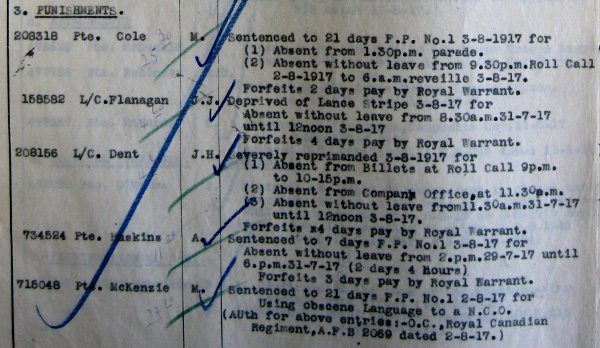

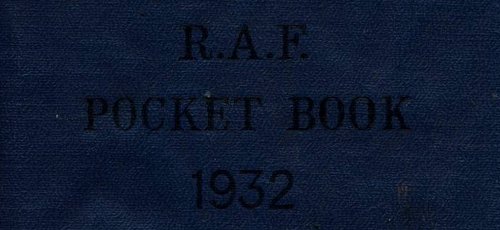
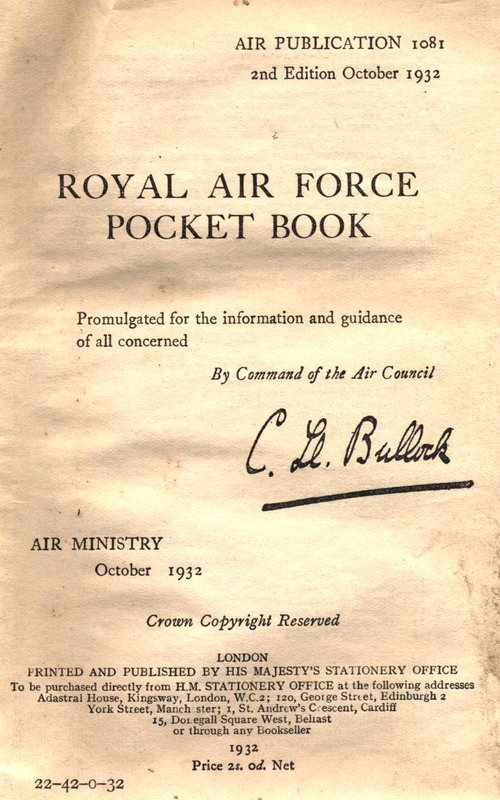
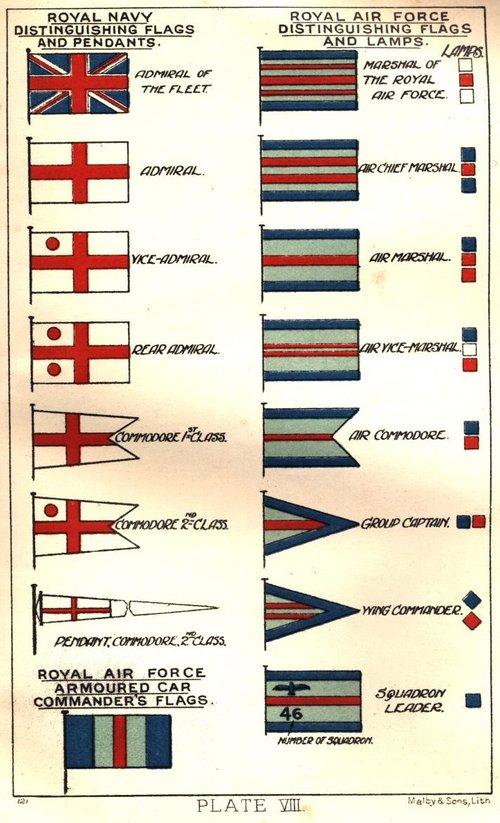
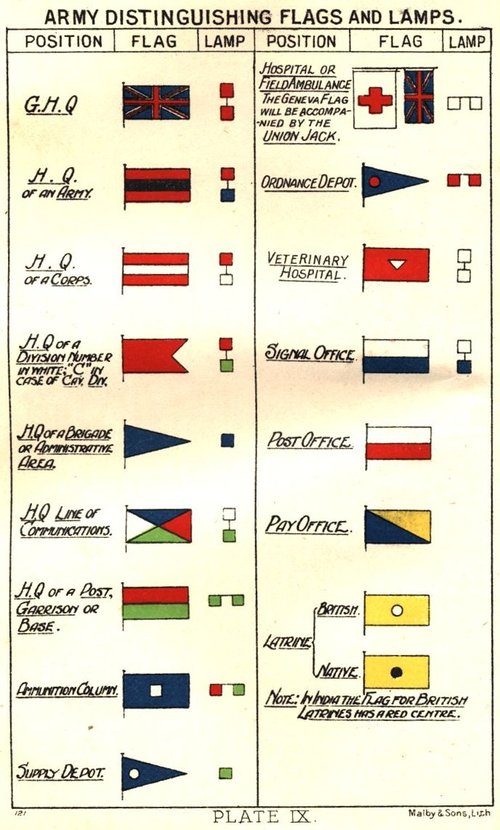
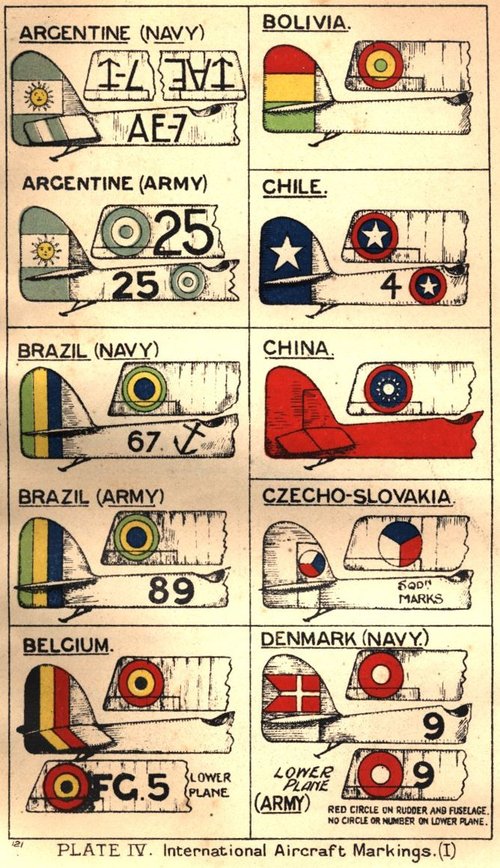
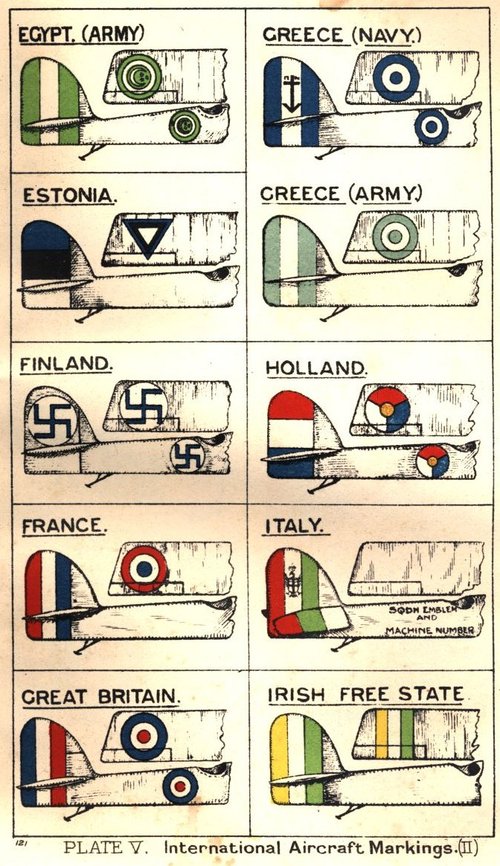

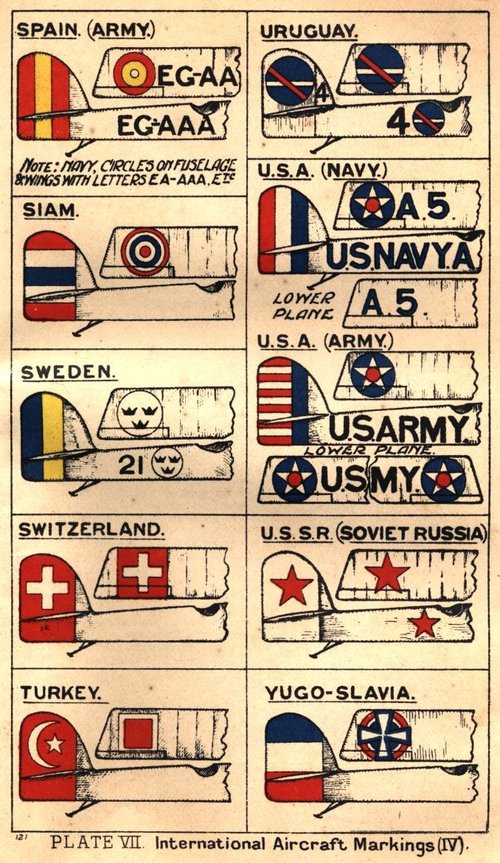
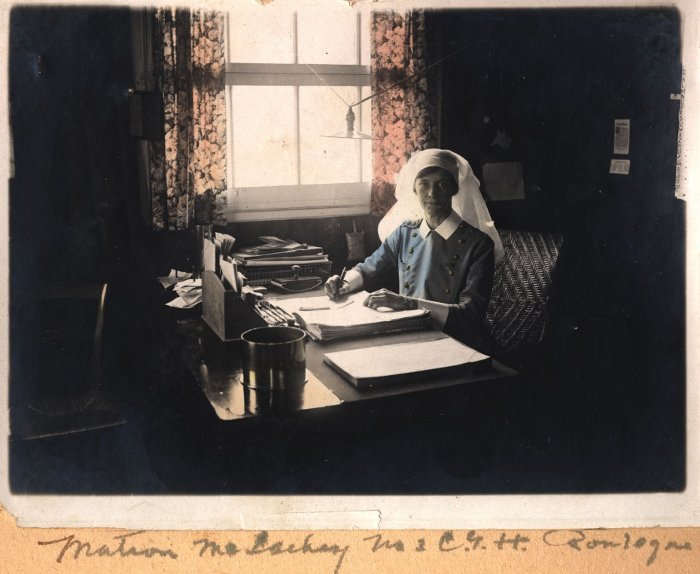
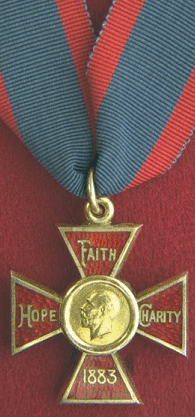 Katherine Osborne MacLatchy was born at
Katherine Osborne MacLatchy was born at 